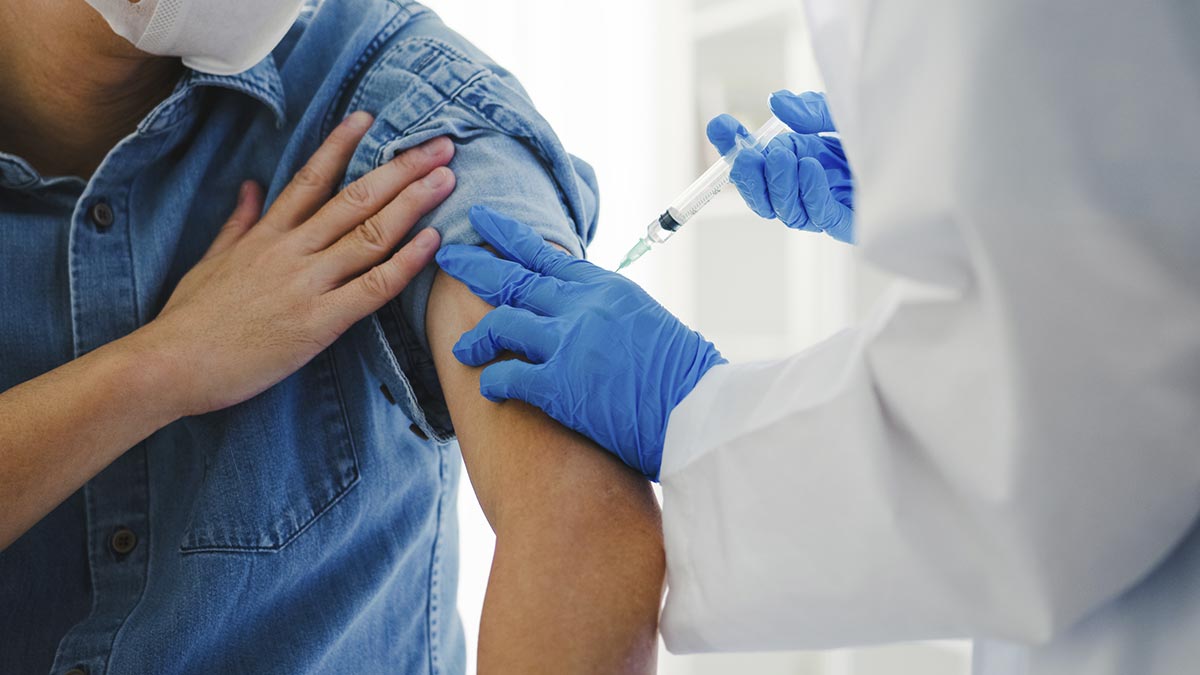
While calculating the ROI of vaccination programs, I have to consider whether they have short (tactical) or long-term (strategic) impact on reducing employer costs and who comes down with them (dependents or the employee) since many vaccination programs within the corporate employer market are also offered to dependents.
Diseases among dependents don’t usually generate many productivity losses for the employer. However, this may be the case when an employee catches a disease from a dependent or must skip work to care for a dependent.
In most countries, diseases among dependents can also have an impact on healthcare premiums.
Read too: How to calculate the ROI of Vaccination Programs
I used to think that vaccination against Covid was a short-term program, but lately, Covid has been associated with Long Covid and neurological conditions. Both these conditions can have a long-term impact.
Another example, HPV has been associated with cancers that take years to develop. So, if an employer has a relatively low turnover, providing an HPV vaccine today can avert costs tomorrow.
Furthermore, HPV-associated cancers are much more prevalent among females rather than males. With that in mind, a vaccination program against HPV should be considered very seriously among industries dominated by females.
Vaccines against polio and meningitis have similar considerations. These diseases among adult populations have minimal direct impact, but the time employees have to take off (absenteeism) and distraction levels (presenteeism) are exceptional if a young dependent develops these diseases.
Also, if an employer has a considerable number of expats or employees who travel to less developed countries, a package of vaccinations, focused on Chikungunya, Dengue, Yellow Fever, Hepatitis etc. should be considered as standard preventive care measures.
However, one has to consider where the costs are incurred: in the country where they traveled to or back home.
The Good News in Calculating the ROI of Vaccinations
Although there are many considerations in calculating the ROI of each type of vaccine, there is good news: It is much easier to calculate the effectiveness rate and the investment cost of vaccines.
Unlike other prevention programs, such as programs for high-risk employees, and behavioral issues, where there are dozens of programs with multiple effectiveness rates, one only has to calculate the impact of the vaccine in preventing cases that lead to ICU, versus hospitalization, versus mild cases with treatment at home.
Usually, these effectiveness rates are peer-reviewed and contained in studies, and the investment cost is also quite simple to calculate. It includes the number of dosages that have to be administered, the cost of each dose, and the cost of administering the vaccine.
Please visit our website for additional information on how to calculate the ROI of prevention programs www.wellcastroi.com





